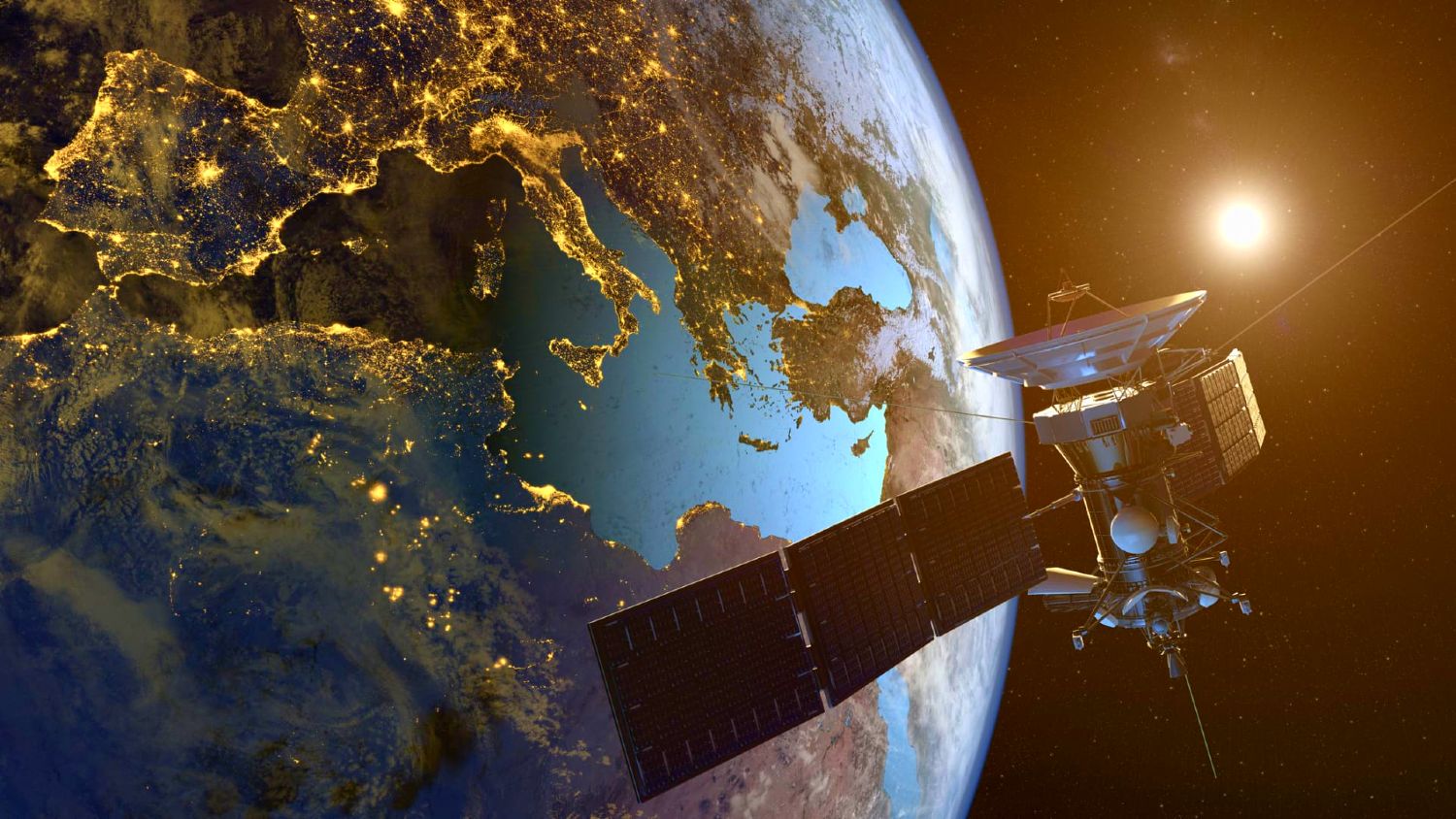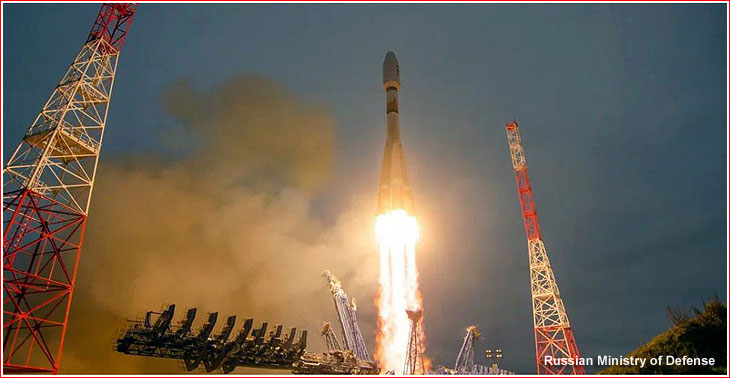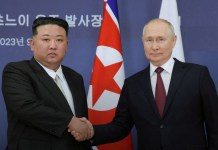Space observers and scientists have noted curious and intriguing activity from two Russian satellites launched over the last year, releasing other satellites and spacecraft from within them.
Believed to be electronic reconnaissance orbital payloads, the rare practice of satellites hidden within satellites has stunned space trackers over space security concerns since they could have a military purpose.
Their role has not yet been officially confirmed, except for their launch and release by Russia’s Ministry of Defense (RuMoD) in its periodic updates. Independent satellite research tracking organization LeoLabs has made observations based on a detailed study of their trajectories and movement through radar tracking.
They have nevertheless drawn parallels to Matryoshka dolls, the traditional Russian toys, where progressively smaller objects (dolls) are nesting and released from the larger ones. Meanwhile, the two Russian satellites in question are Cosmos 2570 and Cosmos 2565, which have released two objects each, making six satellites.
The US military authorities issued no official statement or alarm when this report was filed. They may merely observe the situation and wait for anything substantial and potentially directly threatening American space infrastructure.
However, the incident marks the emergence of new satellite launch and control technology and Russia’s efforts to compensate for its general weakness in having military-purpose spacecraft.
Satellites Release Satellites
According to Leo Labs, Russian satellite Cosmos 2570 was launched in a Russian Soyuz-2-1-b rocket on October 27 this year from the Plesetsk Missile and Space Complex.
On October 30, it released what the American space trackers identified as Object C. On November 23, around 2 pm (Western time), another ‘Secondary object’ was undocked from Object C.
Russian Space Web says the Soyuz rocket took off from Site 43, Pad 3 at Plesetsk. Leo Labs said Cosmos 2570’s “maneuver patterns and behavior have been similar to another Russian satellite, Cosmos 2565,” launched in November 2022.

“COSMOS 2565 has released subsequent payloads COSMOS 2566 and OBJECT D. COSMOS 2565 is believed to be a Lotos-S1 electronic reconnaissance satellite of the Liana system. COSMOS 2566 is believed to be a satellite carrier, and its sub-satellite Object D is believed to be a small electronic reconnaissance satellite.
“Given the similarities emerging between COSMOS 2570 and COSMOS 2565, Leo Labs’ analysts expect that Object C and this newest deployed object may be maneuverable,” Leo Labs said in a thread on X (formerly Twitter).
Based on Russian media sources, the Lotos-S1 COSMOS 2565 is believed to be a part of the Liana system. The Telegram channel of Russian defense and foreign affairs expert Alexander Yermakov, based on other Russian media and government sources, identified Cosmos 2570 as being “No. 7” of the Lotos-S1 and Cosmos 2565 being Lotos-S1’s “No. 6.”
This suggests the Lotos is meant to be a large constellation of reconnaissance and electronic warfare (EW) satellites. However, the nature of Object C and D, released from 2570, remains unknown.
Could Be ‘Co-Orbital’ Anti-Satellite Weapons
Leo Labs reasons that “sub-satellite deployments…can be a method of deploying co-orbital ASATs or covert payloads that may pose a risk to sensitive or classified satellites.” Co-orbital Anti-Satellite weapons are spacecraft that do not propel toward their target, like direct ascent missiles or rockets.
They are satellites or payloads planted at a certain altitude in zero-gravity space outside the Earth’s atmosphere, usually at the same height as a target satellite. They then maneuver or drift in the same trajectory, coming close over time and possibly colliding with the target. Some co-orbital ASATs might also have an internal warhead that explodes after coming close to the target and releasing shrapnel.

It is a different matter that both Russia and China are likely to avoid initiating a direct space war with the US and using ‘hard-kill’ destruction options, given the growing pressure over space debris and its threats to space activities.
Previous analyses have concluded that it would be inconsistent with both countries’ heavy investment in directed energy weapons (DEW) and laser technology for disabling American satellites.
- The author can be reached at satamp@gmail.com
- Follow EurAsian Times on Google News




